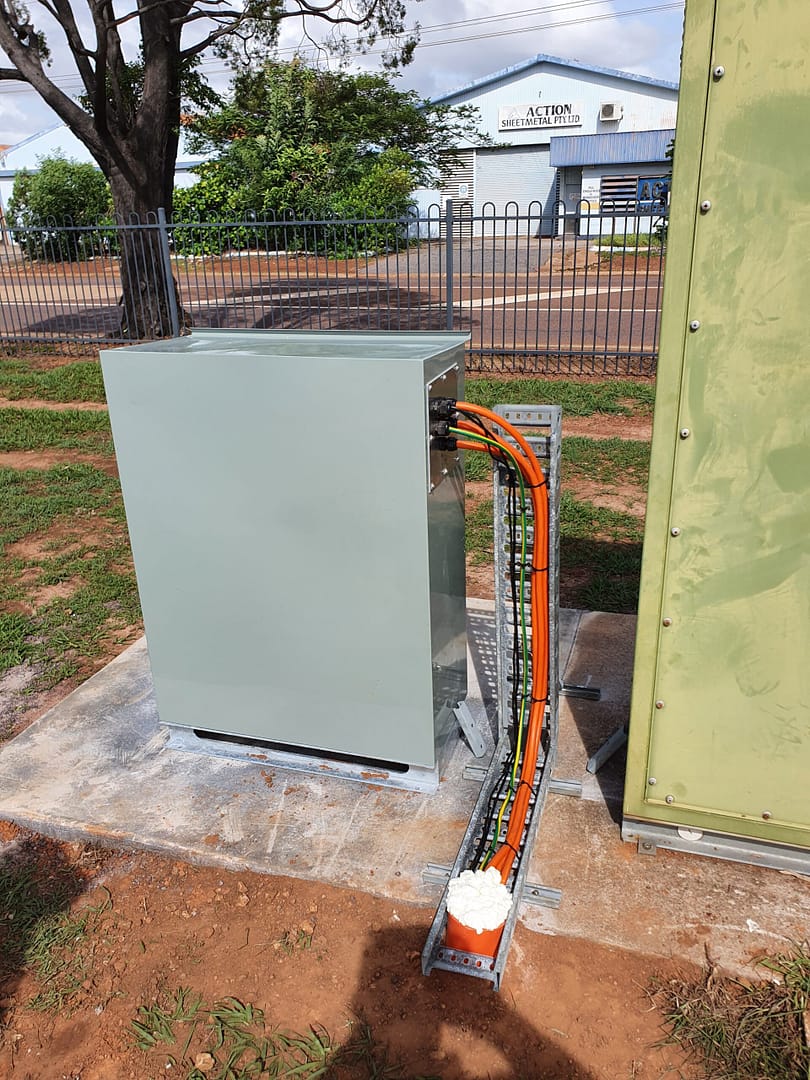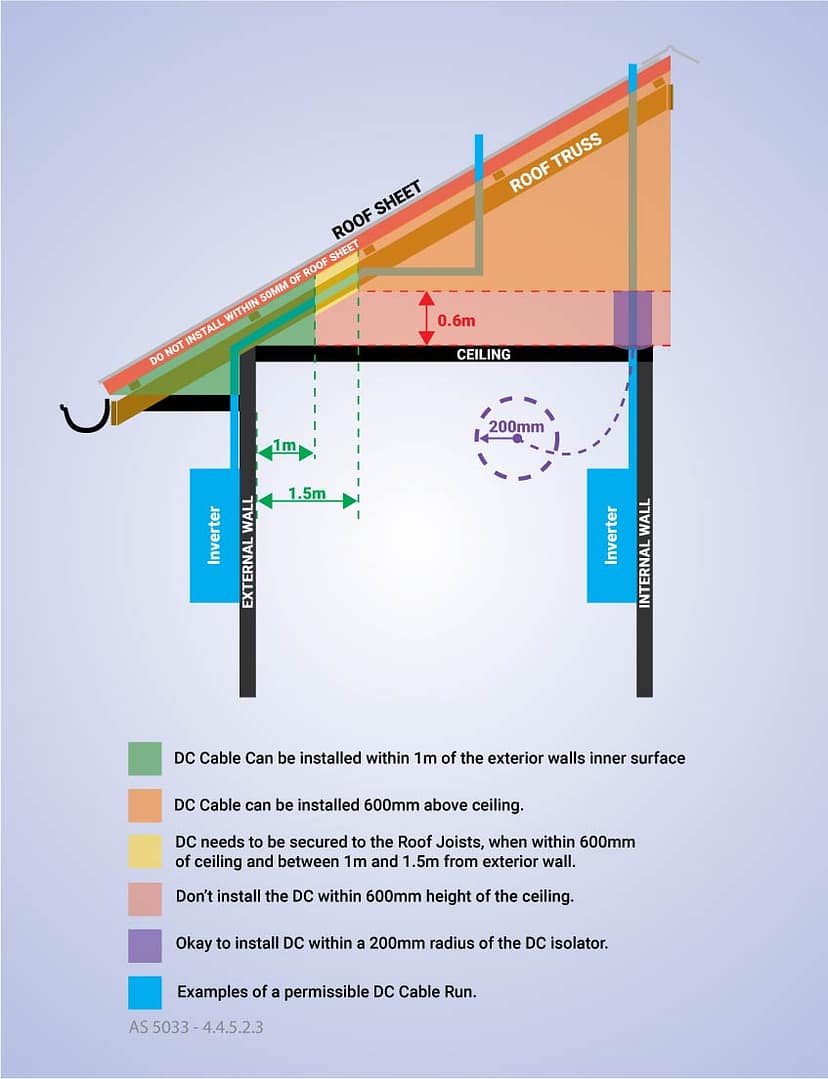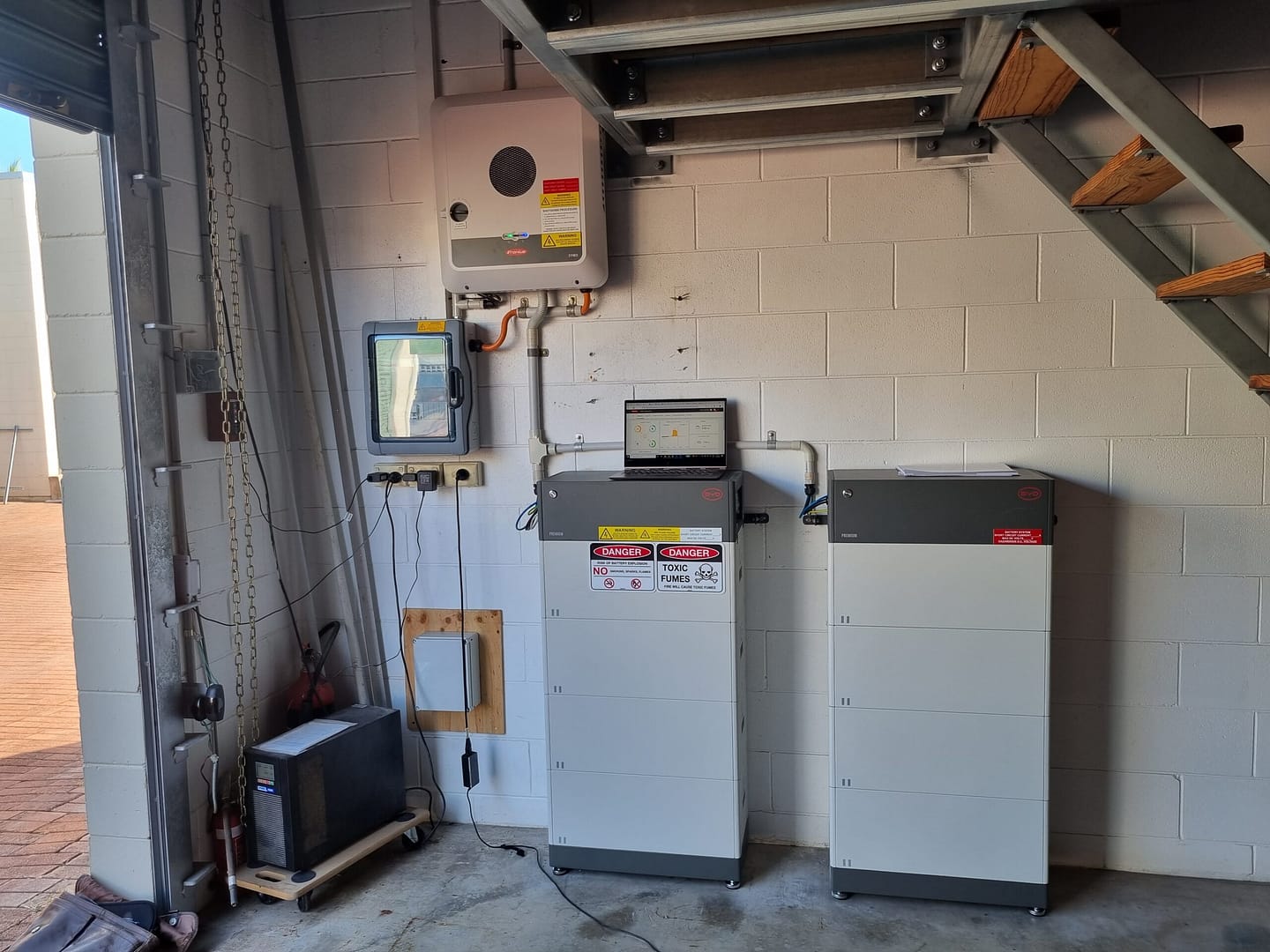
Why now might be the best time to buy a home battery
Simplifying the New Solar Installation Standard (AS/NZS 5033:2021) for You


Simplifying the New Solar Installation Standard (AS/NZS 5033:2021) for You

Simplifying the New Solar Installation Standard (AS/NZS 5033:2021) for You

Simplifying the New Solar Installation Standard (AS/NZS 5033:2021) for You

THE DIFFERENCE BETWEEN AN AC & DC COUPLED SOLAR BATTERY
Nelson Review chair tells Renew Economy that the final draft includes no major changes, but some important tweaks - including on tenor and […]
State and federal energy ministers endorse Nelson review proposals to replace CIS in 2028 - with the notable exception of the Queensland LNP […]
First Queensland and second Australian local council joins circular PV alliance to ensure solar panels do not end up as landfill. The post First […]
New investment in renewables and storage has "dropped off a cliff" in first year of new LNP state government in Queensland, new data shows. The post […]